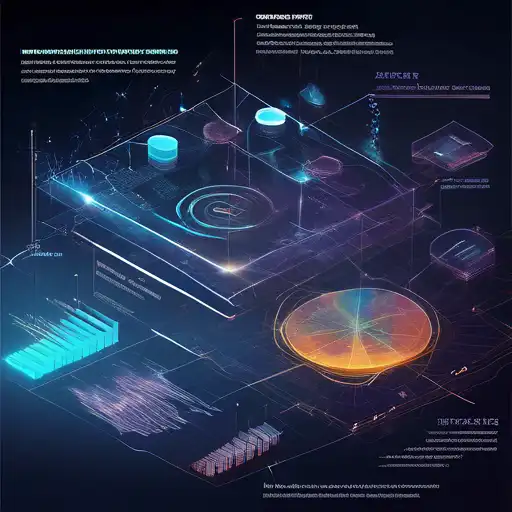Introduction to Data Visualization
In the digital age, data is everywhere. But raw data alone isn't enough to make informed decisions. That's where data visualization comes in. By transforming numbers and metrics into visual formats, businesses and individuals can uncover patterns, trends, and insights that would otherwise remain hidden.
Why Data Visualization Matters
Data visualization is not just about making pretty charts. It's a critical tool for understanding complex data sets quickly and efficiently. Whether you're a business analyst, a marketer, or a data scientist, mastering data visualization techniques can help you communicate your findings more effectively and make data-driven decisions with confidence.
Key Data Visualization Techniques
There are several techniques to visualize data, each suited for different types of data and insights. Here are some of the most effective ones:
- Bar Charts: Ideal for comparing quantities across different categories.
- Line Graphs: Perfect for showing trends over time.
- Pie Charts: Useful for displaying proportions within a whole.
- Scatter Plots: Great for identifying correlations between two variables.
- Heat Maps: Excellent for visualizing complex data sets and identifying patterns.
Choosing the Right Visualization
Selecting the appropriate visualization technique depends on the nature of your data and the insights you wish to derive. For instance, if you're looking to compare sales figures across different regions, a bar chart might be your best bet. On the other hand, if you're analyzing website traffic sources, a pie chart could provide clearer insights.
Advanced Data Visualization Tools
While basic charts and graphs are a good starting point, advanced tools can take your data visualization to the next level. Tools like Tableau, Power BI, and Python's Matplotlib library offer sophisticated features for creating interactive and dynamic visualizations.
Interactive Dashboards
Interactive dashboards are a powerful way to present data. They allow users to filter, drill down, and explore data in real-time, making it easier to uncover actionable insights. Platforms like Tableau and Power BI specialize in creating these dynamic dashboards.
Best Practices for Effective Data Visualization
To maximize the impact of your data visualizations, follow these best practices:
- Keep it simple: Avoid clutter and focus on the key message.
- Use color wisely: Colors can enhance understanding but can also distract if overused.
- Label clearly: Ensure that all axes, legends, and data points are clearly labeled.
- Tell a story: Use your visualization to guide the viewer through the data narrative.
Common Pitfalls to Avoid
While data visualization is a powerful tool, there are common mistakes that can undermine its effectiveness. These include using misleading scales, overcomplicating the design, and choosing the wrong type of chart for the data.
Conclusion
Data visualization is an essential skill in today's data-driven world. By leveraging the right techniques and tools, you can transform raw data into meaningful insights that drive decision-making. Remember, the goal is not just to present data but to tell a story that resonates with your audience.
For more insights into data analysis and visualization, explore our analytics section.
